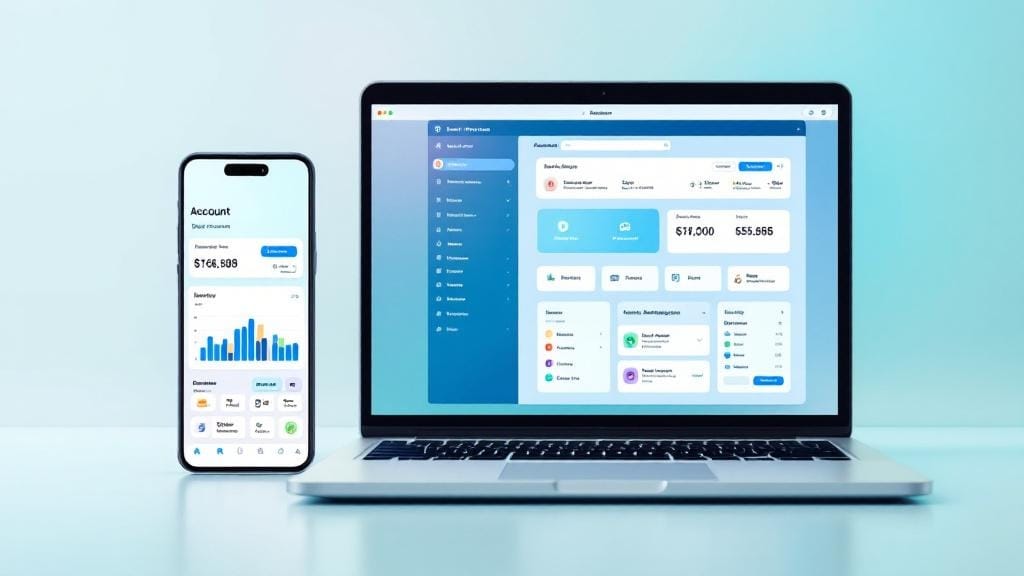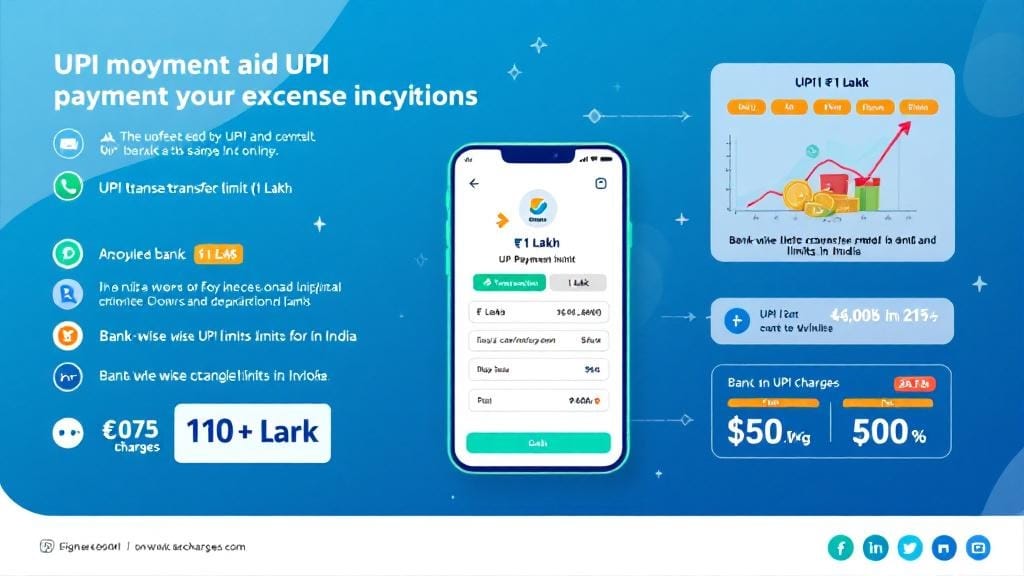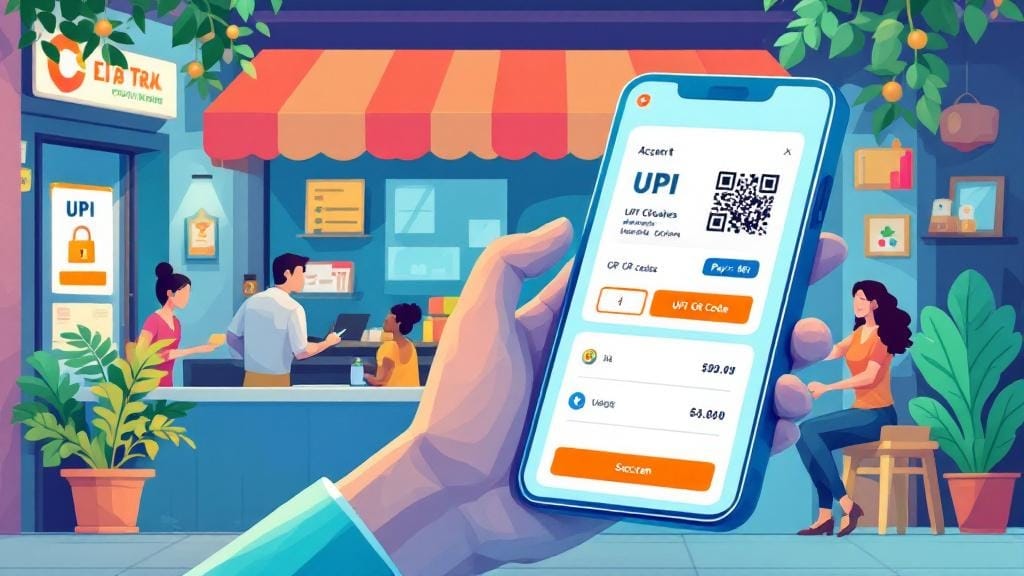Explore how UPI and fintech growth are transforming India’s digital payments landscape. Learn about UPI adoption trends, fintech regulations, and the future of mobile payments in India.
Introduction
The digital revolution in India has been nothing short of transformative, especially in the realm of financial technology (fintech). One of the cornerstones of this revolution is the Unified Payments Interface (UPI). Launched in 2016 by the National Payments Corporation of India (NPCI), UPI has become a game-changer in the fintech industry. Its rapid adoption, ease of use, and seamless integration with mobile payment systems have made it a significant player in the digital payments in India ecosystem.
In this blog post, we will explore the profound impact of UPI on India’s fintech industry. From UPI adoption trends to fintech regulations in India, we’ll look at how UPI has accelerated the growth of the industry, providing a more accessible, efficient, and secure way of transacting.
What is UPI and Why It Matters for Fintech?
Before we dive into the specifics, let’s clarify what UPI is and why it’s so crucial for fintech growth.
Unified Payments Interface (UPI) is a real-time interbank transfer system that allows users to transfer money between banks instantly using a mobile app. Unlike traditional banking methods that often involve time-consuming processes, UPI enables users to make payments, send money, and even pay bills within seconds, 24/7.
For the fintech industry, UPI’s digital transformation is a revolutionary shift. It has provided a foundation for mobile-first solutions, making digital KYC processes, mobile wallet apps, and merchant payment solutions much more efficient and user-friendly.
UPI and Fintech Growth: A Symbiotic Relationship
The growth of UPI apps has directly influenced the growth of India’s fintech ecosystem. As UPI transactions become more common, fintech companies are increasingly using UPI as the foundation for their mobile payment systems, making it easier for users to access real-time payments in fintech. Whether it’s paying for groceries via an e-commerce app or using API-driven payments for merchant payment solutions, UPI has become the backbone of fintech user experience.
The Rise of UPI Transaction Volume
Since its launch, UPI has witnessed an astronomical rise in transaction volumes. According to recent data, UPI transaction volume has surged, with over 8 billion transactions recorded in the last year alone, representing a significant portion of India’s digital payments in India.
Why the Surge in UPI Transaction Volume?
Several factors have contributed to this rapid growth:
Increased smartphone penetration: With India’s growing smartphone market, more people are accessing UPI apps for daily transactions.
Government initiatives: Programs like Digital India and UPI government initiatives have played a significant role in promoting UPI usage.
Trust in the system: As UPI adoption grew, so did the trust among users. Enhanced UPI fraud detection systems have made it more secure.
Integration with everyday services: UPI is now integrated into bill payments, interbank transfers, and even merchant payment solutions, driving frequent use.
The UPI market share is rapidly increasing, and many fintech apps and traditional banks are capitalizing on this growth by integrating UPI as their primary payment method.
UPI Adoption Trends in India
One of the most remarkable aspects of UPI adoption trends is its mobile-first nature. UPI was designed to be used on smartphones, making it more accessible to the masses. The ability to make real-time payments has transformed how people think about banking.
Key UPI Adoption Trends:
Rise of Mobile Payment Systems: With UPI, consumers no longer need to carry cash. Mobile payment apps like Google Pay, PhonePe, and Paytm have made it easier to make payments with a few taps on a smartphone.
Increased Digital KYC Process Adoption: The digital KYC process has made it possible for users to open bank accounts and access financial services remotely, further driving fintech digital transformation.
Merchant Payment Solutions: Small and medium-sized businesses (SMBs) are increasingly adopting UPI as a payment method, increasing financial inclusion and encouraging local commerce.
As UPI adoption continues to grow, mobile-first economies and real-time payments in fintech will remain central to India’s financial ecosystem.
UPI vs Traditional Banking: The Key Differences
While traditional banking has served India for decades, UPI vs traditional banking is a compelling debate that highlights the advantages of modern fintech solutions.
Traditional Banking:
Slower transaction speeds: Transactions take time, especially when transferring between different banks.
Limited access: Users need to visit a bank or ATM for certain transactions.
UPI:
Instant transactions: UPI allows immediate transactions, reducing the time spent on bank transfers.
Access anywhere: Users can send or receive money anywhere at any time without physical barriers.
Lower fees: Compared to traditional banking, UPI transactions are typically fee-free or low-cost.
The Role of Government Initiatives in Promoting UPI Growth
The Indian government has played a vital role in the success of UPI through various initiatives aimed at encouraging digital payments. Programs like Digital India have not only raised awareness but also provided infrastructure support for UPI.
Some key government-backed initiatives include:
Financial Inclusion Programs: These programs focus on bringing underserved populations into the digital payment ecosystem.
Policy Changes: The government has introduced policies to promote digital payments in India and reduce cash dependency.
Subsidized Internet Plans: These make internet access more affordable, helping people access UPI on their smartphones.
FAQs: UPI and Fintech Growth
1. How has UPI contributed to fintech regulations in India?
UPI has helped shape fintech regulations by providing a secure, scalable, and efficient payment infrastructure. It has encouraged policy-makers to develop guidelines focused on data security, digital KYC processes, and fraud detection mechanisms.
2. What is the UPI transaction limit?
The UPI transaction limit varies based on the user’s bank and the type of transaction. Typically, it ranges from ₹1 lakh to ₹2 lakh per transaction, although limits can be higher for specific transactions or premium users.
3. What are the advantages of UPI over traditional banking systems?
UPI offers faster, more cost-effective, and more accessible transactions compared to traditional banking. It also supports mobile payment systems, making it ideal for today’s mobile-first economy.
4. How has UPI influenced mobile payment systems in India?
UPI has revolutionized mobile payment systems by offering an efficient, user-friendly platform for mobile payments. It supports a variety of payment methods like bill payments, interbank transfers, and merchant payment solutions, all from one platform.
5. What role does API-driven payment technology play in UPI?
API-driven payment solutions enable seamless integration of UPI into third-party apps, allowing businesses to leverage UPI for payments. This has led to the growth of merchant payment solutions and improved fintech user experience.
6. How are fintech apps adapting to UPI?
Fintech apps are increasingly integrating UPI as a primary payment method, making transactions smoother, more secure, and easier for consumers. They also use UPI’s features to enhance user experience and fraud detection.
7. How does UPI fit into the broader digital transformation of India?
UPI is central to India’s fintech digital transformation. It has simplified online banking, empowered small businesses, and fostered financial inclusion through easy access to real-time payments in fintech.
Conclusion
The evolution of UPI is a testament to the power of innovation and digital transformation in India. With its simple, fast, and secure payment system, UPI and fintech growth are closely intertwined, and the future looks promising. As UPI continues to evolve, its integration with fintech will drive even more growth in mobile payments, merchant solutions, and digital financial services.
In the coming years, we can expect UPI to remain a central part of India’s fintech digital transformation, contributing to a cashless, mobile-first economy that empowers both consumers and businesses alike.








Comments (0)